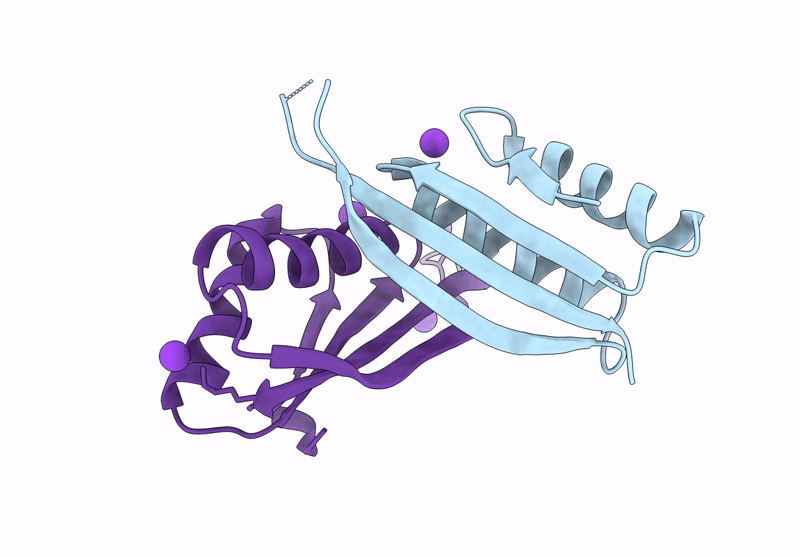
Deposition Date
2023-12-05
Release Date
2024-12-11
Last Version Date
2025-06-25
Entry Detail
PDB ID:
8XAO
Keywords:
Title:
The thermostable and acid-tolerant DNA-binding protein
Biological Source:
Source Organism:
Sulfolobus acidocaldarius DSM 639 (Taxon ID: 330779)
Host Organism:
Method Details:
Experimental Method:
Resolution:
2.05 Å
R-Value Free:
0.23
R-Value Work:
0.20
R-Value Observed:
0.20
Space Group:
P 65 2 2


